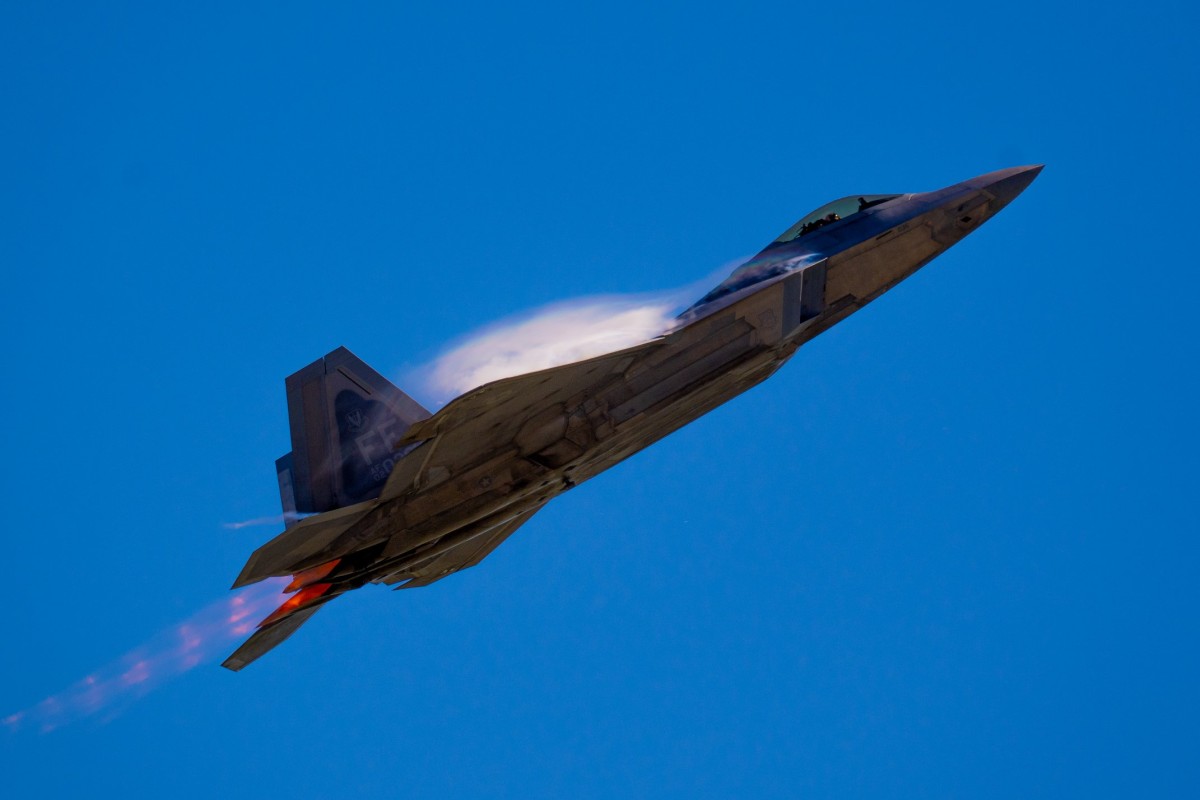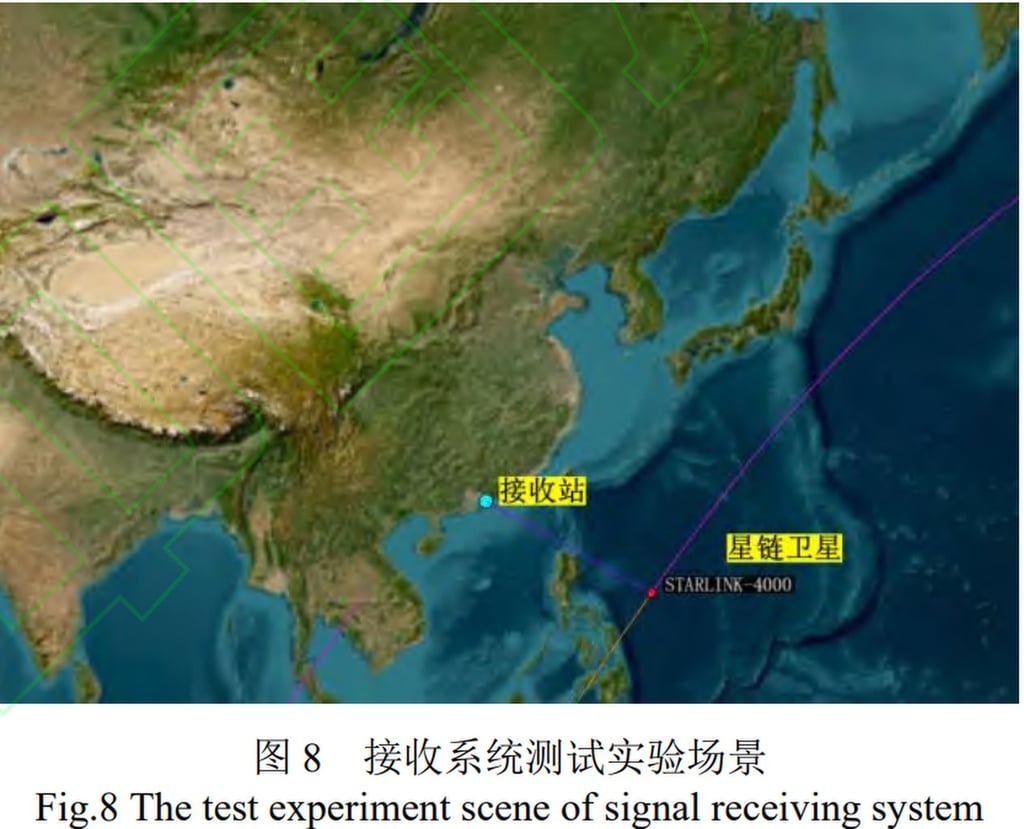China has long expressed concern that the United States could use Space X’s Starlink satellite network in the event of a potential contingency in the region. However, with their latest experiment, the scientists have allegedly demonstrated that China could exploit Starlink to its own advantage instead.
In a recent experiment, a Chinese scientist and his team demonstrated that Beijing could successfully detect a stealth aircraft using Elon Musk’s Starlink satellites.
As part of this experiment, the group launched a DJI Phantom 4 Pro drone off the coast of Guangdong. The drone was roughly the size of a bird and had a radar cross-section similar to a stealth fighter.
Despite its stealth characteristics, the target unexpectedly appeared on the screen even though the ground-based radar did not emit any radio waves that would have resulted in an echo. The scientists explained that this was possible because the drone was illuminated by electromagnetic radiation from a Starlink satellite passing over the Philippines.
This capability, the report said, has never been shown by any other nation.
If such an experiment is authenticated, China would likely gain an unprecedented combat advantage over its adversary and rival, the United States, which has a sizeable stock of stealth fighters, such as the F-22 Raptor and the F-35 Lightning II, as well as stealth bombers.
In a conflict between China and the United States, the latter would likely attempt to penetrate China’s airspace using its cutting-edge “undetectable” stealth combat aircraft.
The Chinese experiment could severely erode the American advantage of stealth and allow the People’s Liberation Army (PLA) to take down the US jets, if the claims are to be taken seriously.
How Will China Detect Stealth Aircraft Using Starlink?
The report from the research team led by Professor Yi Jianxin from Wuhan University’s School of Electronic Information pointed out that stealth aircraft, such as the US F-22 Raptor, employ absorbing coatings and specific geometric shapes to minimize the reflection of electromagnetic waves, which allows them to deceive radar systems.
However, Professor Yi and his team wrote in a paper published on August 26 in the Journal of Signal Processing that if a radar station used the powerful and nearly universal Starlink satellite signals, its detection capabilities could be “unaffected by the target’s three-dimensional shape and surface material.” This will “provide significant advantages in detecting small and stealth targets,” the team noted.
China-Taiwan War: U.S. Readies Elite ‘DEVGRU’ Commandos To Thwart PLA’s Potential Invasion – Media
Additionally, when in operation, the positions of regular military radars are visible to adversaries, making them possible targets. But Yi and his colleagues wrote in the journal that, “by using third-party radiation sources, radar systems can have enhanced concealment and anti-jamming capabilities”.
The Chinese government’s State Radio Monitoring Centre oversaw the experiment, and the findings underwent peer review before being released.
The Chinese team said that the plane could disperse some of the electromagnetic waves that communication satellites broadcast when it flew over the airspace between the satellites and ground antennas. This essentially means that these waves, which are also known as forward scatter, could obstruct regular communication signals.

By analyzing these minute disruptions, scientists could locate and monitor a target of interest.
SpaceX, owned by Elon Musk, is recognized for having the most extensive satellite network in low Earth orbit. More than 6,000 satellites in this massive constellation created by SpaceX have been generating high-frequency radio signals to enable internet speeds of up to 220 Mbps.

The report stated that when Western scientists and engineers developed the US stealth jets several years ago, they did not anticipate that these cutting-edge fighters could be targeted by electromagnetic interference using satellites.
Moscow Slams Portugal’s Transfer of Russian Aircraft To Ukraine; Terms It A ‘Hostile Step’
SpaceX does not offer services to Chinese users, and Starlink communications are encrypted. However, Yi’s team asserted they could use readily accessible, low-cost electronic parts to assemble a Starlink receiver.
Since the antenna is mounted on a movable base, it is able to track the satellite across the sky. A closer examination of the underlying physical mechanisms led Yi and his colleagues to rewrite the forward scatter radar detection model and create a new algorithm. The high-performance chip processed the signals it received, but its identity remained unknown.

However, there is a catch. Researchers observed that the drones employed in the experiment operated at relatively low altitudes, and their radar antennas were proportionally small, roughly equivalent in size to a standard frying pan. Therefore, the technology presented in the paper cannot be used directly for military purposes at this stage.
Yi and his colleagues asserted that they had effectively identified signals associated with intricate characteristics, including a drone’s rotor movement. This accomplishment validates the “feasibility and effectiveness” of their approach and system architecture for use in stealth fighters and anti-drone technology.
China’s Resolve To Detect Stealth Fighters
China has been making attempts to detect hostile stealth aircraft, and claims about that capability have emerged over the years.
For instance, reports from last year suggested Chinese engineers had built a small infrared search-and-track system that could detect the heat signature of a high-speed mobile aircraft at an unusually long range. As noted by EurAsian Times, infrared search-and-track (IRST) systems play a crucial role in identifying stealth aircraft.
In 2020, China claimed to have developed a meter wave anti-stealth radar that could detect advanced stealth. “Meter wave radar can be deployed on vehicles, on land and warships, creating a dense web that gives hostile stealth aircraft nowhere to hide,” Chinese military experts said at the time.
The SCMP report stated that China had improved its regional denial capabilities by employing various techniques to identify stealth aircraft. These included installing over-the-horizon radars along the coast that emit long-wave detection signals that are undetectable by stealth coatings and employing massive Earth observation satellite constellations to identify and track US stealth fighters in flight.
None of these claims could be independently verified. In fact, the military experts and critics that EurAsian Times spoke with have often expressed their suspicions about China’s overly ambitious and theoretical claims. Nonetheless, the use of Starlink against the United States appears to be more intriguing than all claims that preceded it.
China believes that if there is a conflict in the Indo-Pacific, the US military might use the Starlink satellite network to spy on China. These apprehensions have grown manifold after Ukraine started employing these satellites following its invasion in 2022.
- Contact the author at sakshi.tiwari9555 (at) gmail.com
- Follow EurAsian Times on Google News




